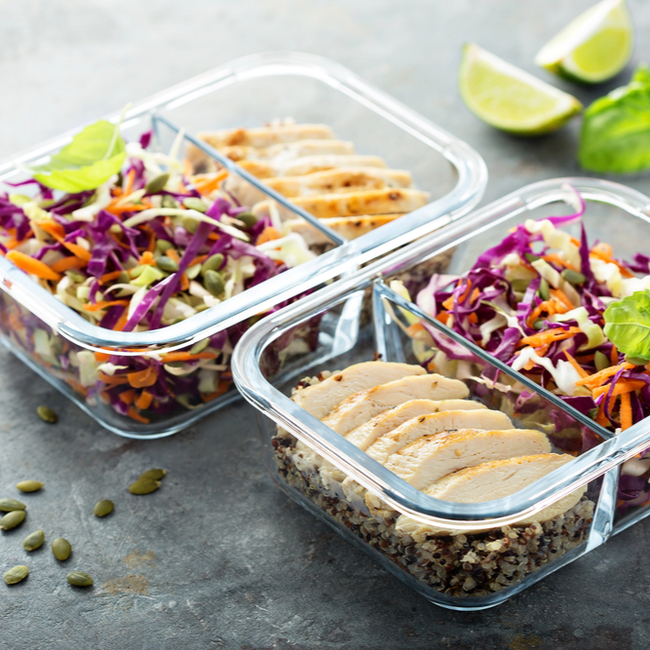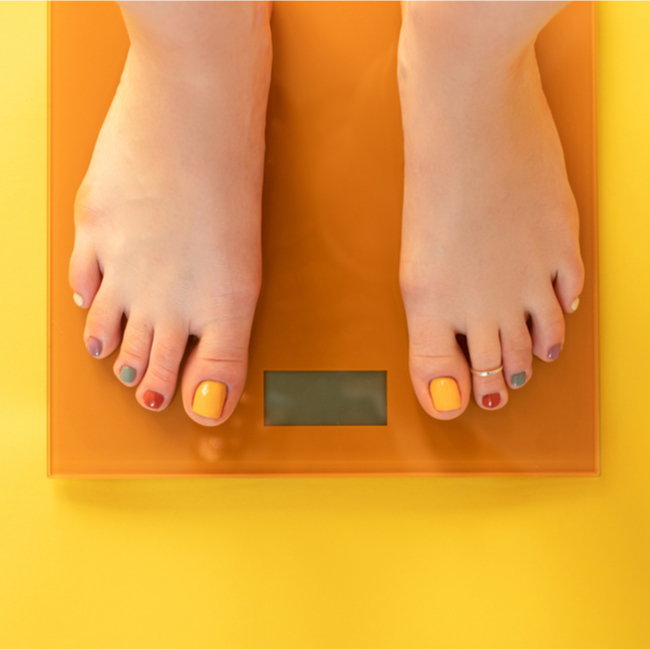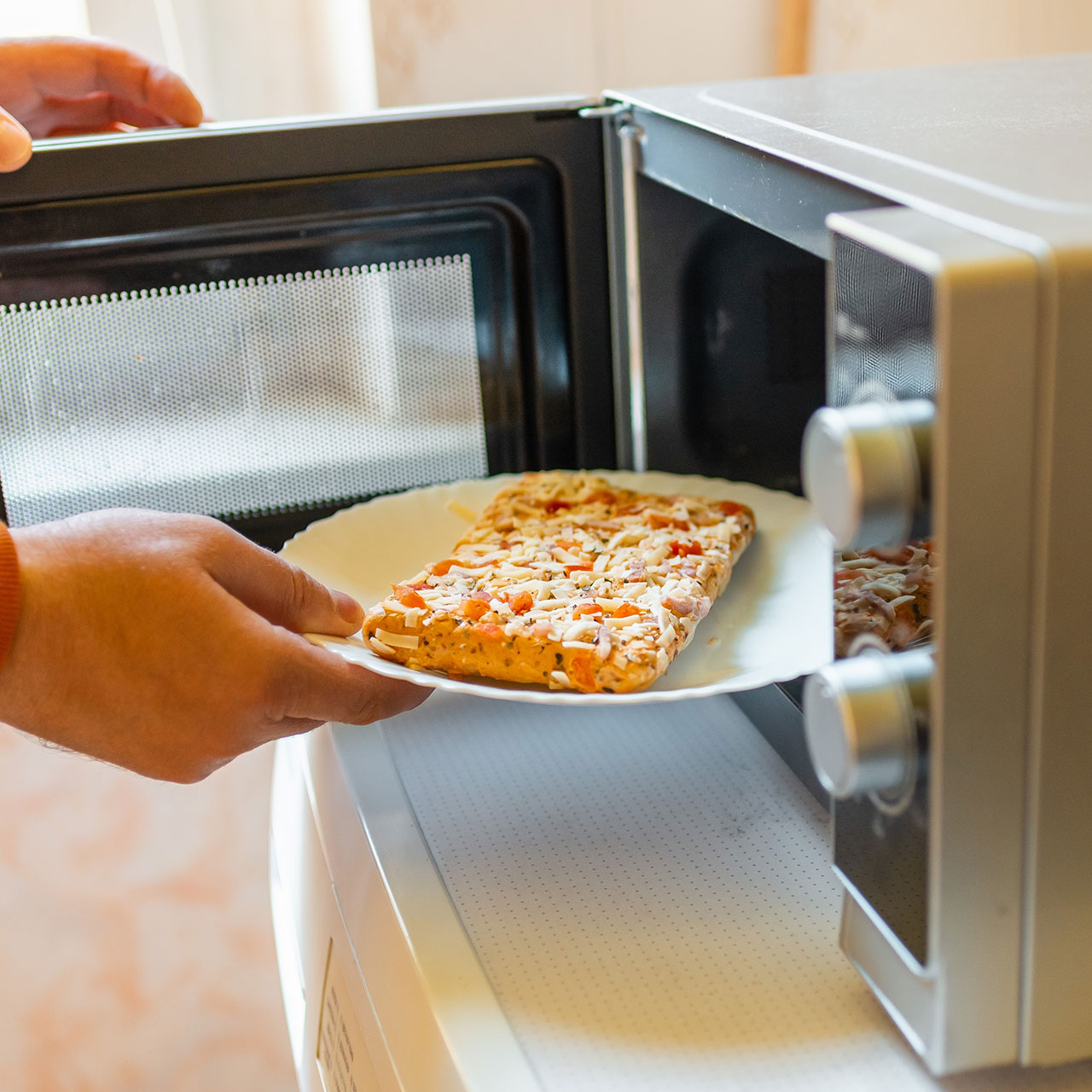This is an archived article and the information in the story may be outdated. Please check the time stamp on the story to see when it was updated last.
Healthy weight loss hinges on a few key factors, the most important of which is a sustainable calorie deficit. In order to see visible results in your body you need to be exerting more calories throughout the day than you’re consuming, whether that deficit comes from eating slightly less food or increasing your exercise to burn more calories.
While everyone’s calorie intake for weight loss will vary, it’s relatively easy to determine your ideal deficit so that you aren’t depriving yourself of valuable vitamins and nutrients, while also not overindulging regularly. We checked in with registered dietitian Tara Tomaino and Sarah Williams, MS, RD to get the lowdown on a safe and healthy calorie deficit for weight loss and finding the ideal number that works for your body, and this is what they had to say.


First and foremost it’s important to remember that your ideal calorie intake for the day is not going to be the same as even someone who weighs the exact same amount as you. Heavily dependent on the makeup of your body and your energy output each day, the easiest place to start is by determining your TDEE, or total daily energy expenditure to figure out how many calories you’re burning during the day as the baseline.
“Your basal metabolic rate (BMR) is the number of calories your body burns at rest, this is also the number of calories needed to maintain your lean body mass,” notes Tomaino. “When you add in activities of daily living and purposeful exercise, your total daily energy expenditure (TDEE) increases further.” Using a calculator such as the Body Weight Planner tool from NIH to determine your TDEE will give you a better idea of how many calories you should be eating from there.
After you figure out your TDEE, you can then begin to create a reasonable deficit based on that number. Making too large of a deficit will leave your body feeling weak and undernourished, but too small of a deficit may not net you the results you’ve been looking for, so it’s a fine line as to how quickly you want to achieve weight loss. Remember, the slower the weight comes off, the more likely it is to stay off if you’ve done it in a safe and sustainable way.
“A small deficit of 100-200 calories per day will likely result in slower weight loss rather than a more aggressive deficit of 500 calories per day,” says Tomaino. “It may be easier to maintain a smaller calorie deficit over a longer period of time. Focusing on eating high fiber, whole foods like vegetables, fruit, and whole grains and legumes will also help you feel full and satisfied while eating fewer calories.” You may be tempted to opt for a larger deficit to achieve weight loss more quickly, but this will ultimately be difficult to stick to and you may find yourself backsliding over time when the novelty wears off.

Setting a goal to lose about .5 to 2 lbs a week is a healthy rate, according to Williams, and she notes that this can easily be achieved with a 250-500 calorie deficit each day. This can come from making small swaps in your diet that save calories, like removing sugar from your coffee or switching out white bread for a multigrain option.
Of course, calories aren’t the only factor that determines your weight loss success and you still need to be consuming nutrient dense foods in the meantime to fuel your body and build your muscles, consequently increasing your metabolism for fat burn. “I never recommend adults consume fewer than 1300 calories. On average, an adult may see successful weight loss while eating 1500-2000 calories and engaging in regular activity (again, this all depends on the individual),” concludes Tomaino.
If you don’t feel comfortable tracking your food intake, calorie counting may not be your best method for weight loss and it may be easier to simply focus on creating meals that prioritize protein, fat, and healthy carbs while reducing your sugar intake. However, creating a deficit of between 250-500 calories is the safest and healthiest way to lose weight over time, offering results that will be easy to maintain as you make small and sustainable adjustments to your life.
Staying aware of your body’s hunger cues and feeding yourself nutritious foods, stopping when you’re full will help to foster a healthier relationship with eating, allowing for you to lose weight without falling prey to a disordered mindset about food. Calorie counting isn’t for everyone but it can be a useful tool for weight loss when done correctly.


























